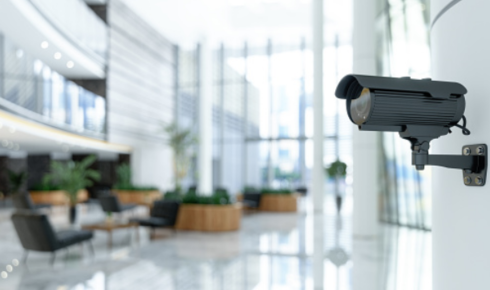
In today’s world, safety and security are becoming increasingly important for both homes and businesses. One of the best ways to protect your property is by installing a reliable video surveillance system.
With so many options available, it can be overwhelming to choose the right system that meets your needs. This guide will help you make an informed decision by highlighting five important tips to consider when selecting a video surveillance system.
1. Assess Your Security Needs
Before choosing a surveillance system, it’s essential to evaluate your specific security needs. Are you protecting a small office, a large business, or your home? The size and layout of the area you want to monitor will influence your choice.
For larger properties, you may need more cameras to cover all angles, while a small home might require just a few strategically placed cameras. Think about the locations where you need surveillance, such as entrances, parking lots, or backyards.
2. Choose Between Wired or Wireless Systems
When shopping for a video surveillance system, you will come across two main types: wired and wireless. Wired systems are reliable and offer a strong connection, but they can be difficult to install, especially if your property is already built.
Wireless systems, on the other hand, are easier to set up and are more flexible in terms of camera placement. However, wireless systems may experience connection issues or interference, so it’s important to ensure your property has a stable Wi-Fi connection if you choose this option.
3. Look for High-Quality Video Resolution
The quality of the video footage is one of the most crucial factors in choosing a surveillance system. Look for systems that offer at least 1080p resolution for clear and detailed footage. This is especially important when you need to identify faces or license plates in the footage.
Higher resolution systems, such as 4K, are available and can provide even clearer images, but they tend to be more expensive. It’s important to balance the need for high-quality video with your budget and the level of detail required for your security needs.
4. Consider Storage Options
Another important factor to consider is how your video footage will be stored. Video surveillance systems typically offer two types of storage: cloud storage and local storage. Cloud storage allows you to store footage online, which can be accessed remotely from anywhere, but it usually requires a monthly subscription fee.
Local storage, such as hard drives, is more affordable and doesn’t rely on an internet connection, but it may require regular maintenance or upgrading to accommodate more footage.
5. Check for Remote Viewing Capabilities
With modern technology, many video surveillance systems offer remote viewing capabilities, which means you can monitor your property from anywhere using your smartphone, tablet, or computer.
This feature is extremely helpful if you are often away from home or need to keep an eye on your business. Make sure the system you choose offers an easy-to-use app or web interface for remote viewing.
Conclusion
Choosing the right video surveillance system is a crucial decision that can significantly improve the security of your property. By assessing your specific needs, selecting the right type of system, considering video quality and storage options, and ensuring remote viewing capabilities, you can make a well-informed decision.
Remember that while it’s important to get a reliable system, you should also choose one that fits your budget and security requirements.